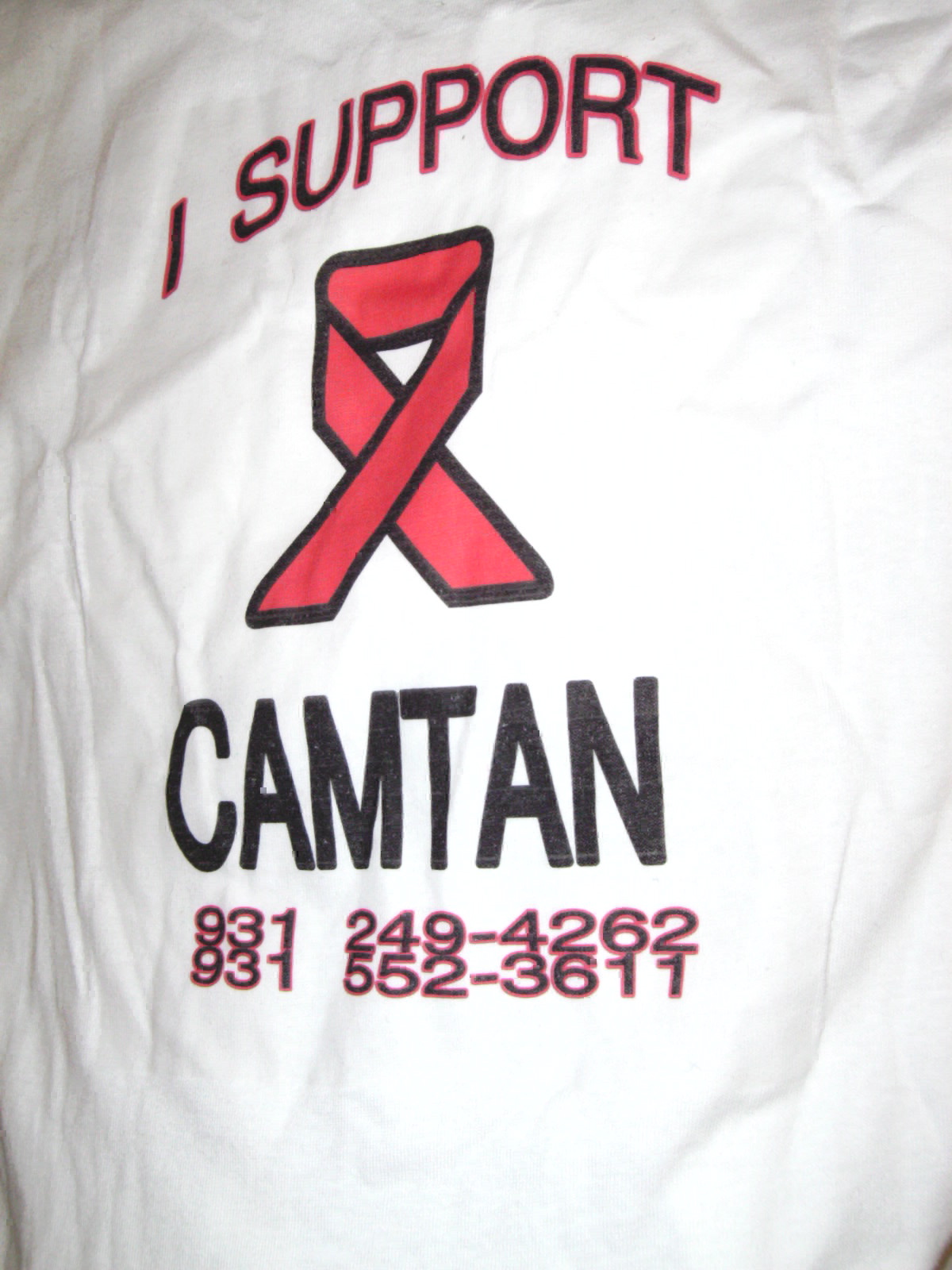CDC Media Facts: “A Heightened National Response”
 HIV remains a persistent and pervasive threat to the health, well-being, and human potential of many African American communities. As the impact of the epidemic among African Americans has grown, the Centers for Disease Control and Prevention (CDC), state and local public health agencies, and African American communities have stepped up efforts to address the crisis.
HIV remains a persistent and pervasive threat to the health, well-being, and human potential of many African American communities. As the impact of the epidemic among African Americans has grown, the Centers for Disease Control and Prevention (CDC), state and local public health agencies, and African American communities have stepped up efforts to address the crisis.
While we have seen important signs of progress in reducing risk in many African American populations, the impact remains severe. Today, a heightened national response is urgently needed to build on progress to date and meet the serious challenges that remain.
HIV and AIDS: A Health Crisis for African Americans – African Americans are severely and disproportionately affected by HIV. While blacks represent approximately 13 percent of the U.S. population, they account for approximately half of the more than one million Americans currently estimated to be living with HIV, and have represented 40 percent of all deaths among people with AIDS in the U.S. to date.
As new treatments have expanded the lifespans of people infected with HIV, the number of African Americans living with HIV continues to increase, creating more opportunities for HIV transmission.
 Fortunately, even in the face of rising HIV prevalence, there have been no indications of increases in the overall rate of new HIV infections among African Americans. In fact, there have been signs of possible reductions in new infections among blacks in some areas hard hit by HIV, such as the state of Florida, and in populations hard hit throughout the country, including injection drug users and African American women. Additionally, mother-to-child transmission of HIV, which largely affects African Americans, has been dramatically reduced, and African American teens have reported significant declines in sexual risk behavior and increases in condom use in recent years. Yet significantly more must be done to address the impact of HIV among African American men, women, and young people.
Fortunately, even in the face of rising HIV prevalence, there have been no indications of increases in the overall rate of new HIV infections among African Americans. In fact, there have been signs of possible reductions in new infections among blacks in some areas hard hit by HIV, such as the state of Florida, and in populations hard hit throughout the country, including injection drug users and African American women. Additionally, mother-to-child transmission of HIV, which largely affects African Americans, has been dramatically reduced, and African American teens have reported significant declines in sexual risk behavior and increases in condom use in recent years. Yet significantly more must be done to address the impact of HIV among African American men, women, and young people.
The latest CDC data on new HIV diagnoses between 2001 and 2005 in the 33 states with long-term, confidential name-based HIV reporting show that:*
- African American males continue to bear the greatest burden of HIV in the U.S. In 2005, the rate of HIV diagnosis (number of cases per 100,000 population) among black men was nearly seven times higher than that of white men, and more than twice that of black women.
- African American women are also severely affected. Among black women in 2005, the rate was more than 20 times that of white women.
- Racial disparities in HIV diagnoses are particularly severe among young people. Overall, blacks made up half (51%) of all new HIV diagnoses between 2001 and 2005. But among youth aged 13 –24, blacks accounted for 61 percent of diagnoses.
*CDC. Racial/Ethnic Disparities in Diagnoses of HIV/AIDS—33 States, 2001–2005. MMWR 2007;56:189–193. Note: New HIV diagnoses do not necessarily represent new infections, because some individuals with new HIV diagnoses were infected recently, while others were infected long ago.
CDC’S commitment to fighting HIV among African Americans
As the impact of HIV on African Americans has grown over time, so have efforts to combat it. CDC works with partners across the nation to fight HIV on the front lines of the epidemic. Today, nearly half of CDC’s domestic HIV prevention budget, or more than $300 million, is directed to fighting HIV in African American communities.
The largest share of CDC prevention funds for African American communities, an estimated $244 million, supports state and local health departments; national, regional, and community organizations; and health care providers across the U.S.
CDC funds these partners to implement programs to reduce HIV risk behavior among African Americans, help those living with HIV to protect their sexual partners from infection, and increase HIV testing and links to HIV care. Their efforts include approaches such as intensive one-on-one and group counseling, peer outreach, and HIV testing in community-based and health care settings.
Roughly $140 million is now directed to state and local health departments who work in partnership with local community groups to reach the African American populations at greatest risk in their area. Funding for this program has increased from $5.75 million in 1988.
To supplement these efforts and provide additional support to hard-hit communities, CDC provides $30 million directly to community-based organizations to implement programs, an increase from $3 million in 1988.
For more details, follow this link to the CDC website.
For more info about CAMTAN support services or making donations, write: CAMTAN, 1325 Dodd Street, Clarksville, TN 37040 or Call: 931-647-5777 or 249-4262.

